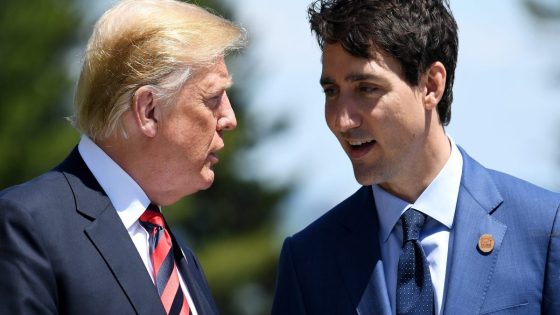On February 9, 2025, discussions surrounding Trump tariffs have emerged with a focus on oil security from Canada and Mexico. The tariffs aim to address concerns about energy dependence and trade imbalances between the U.S. and its North American neighbors.
- © 2024 Fortune Media IP Limited.
- All Rights Reserved.
- Terms of Use and Privacy Policy acceptance required.
- FORTUNE is a registered trademark.
- Compensation may be received for links.
- Offers subject to change without notice.
The context of these tariffs stems from ongoing geopolitical tensions and economic strategies that prioritize domestic energy production. The U.S. has been increasingly focused on securing its energy resources while balancing trade relationships with Canada and Mexico, two of its largest oil suppliers.
Key details include:
- The U.S. imports approximately 3 million barrels of oil per day from Canada.
- Mexico is also a significant supplier, providing around 800,000 barrels daily.
- Tariffs could affect pricing structures in both countries’ oil markets.
These developments come amid broader discussions about climate change policies and the transition to renewable energy sources. While some argue that tariffs may protect domestic jobs in the fossil fuel industry, others warn they could lead to higher prices for consumers and retaliatory measures from Canada and Mexico.
In summary, the potential implementation of Trump tariffs related to oil security underscores ongoing economic strategies aimed at addressing energy independence while navigating complex trade relationships with neighboring countries.
































